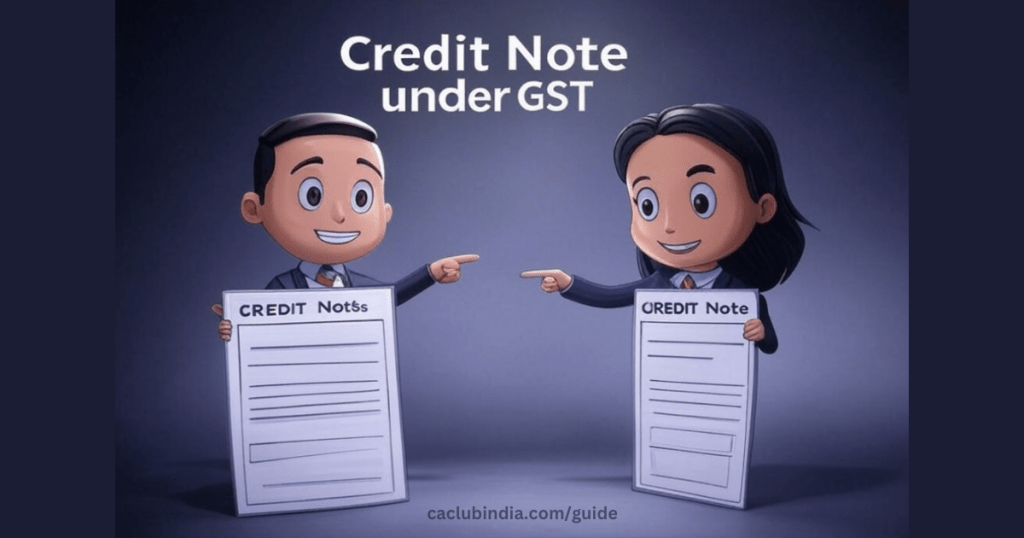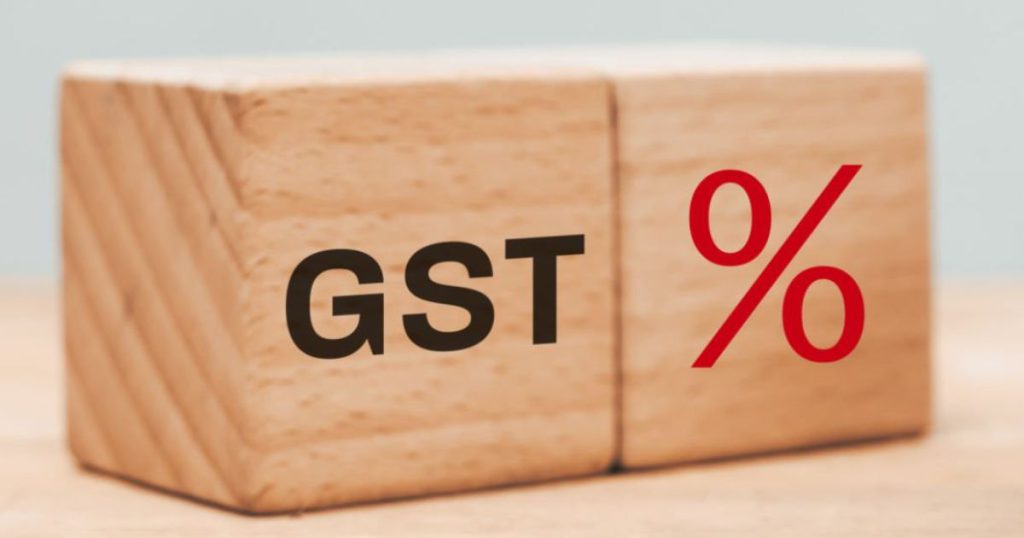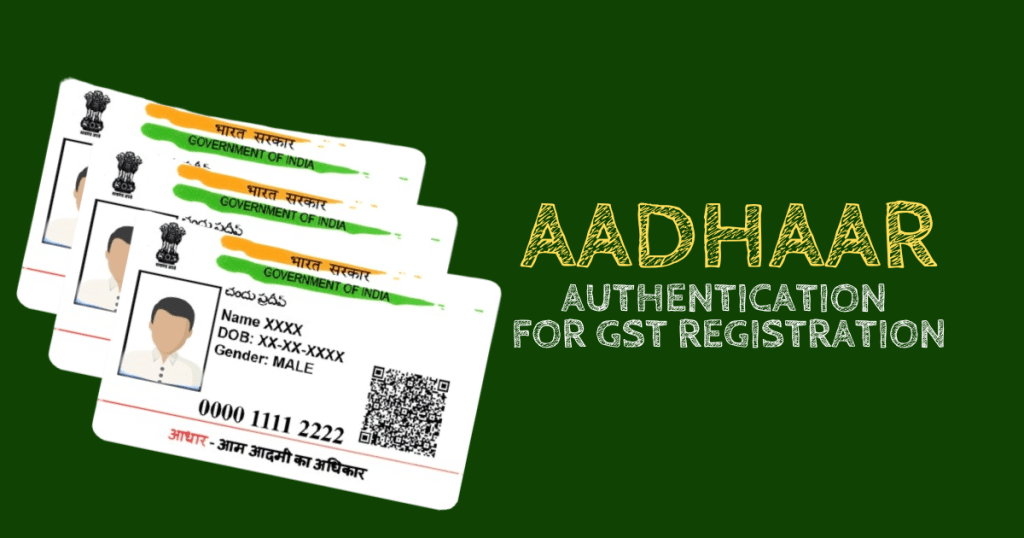Credit note is issued when a supplier need to reduce the value of an invoice already issued.
It may be issued in situations where:
- Goods are returned by the recipient.
- There is a discount or rebate post-invoice issuance.
- The invoice contains incorrect details, such as excess GST charged.
E-Invoicing Requirement for Credit Notes
From 1st April 2025, those businesses with a turnover exceeding ₹5 crore in FY 2024-25 are mandatory to generate e-invoices.
Is E-invoicing Mandatory for Credit Notes?
Yes, E-invoicing is mandatory for certain types of credit notes. It is only applicable if a credit note is issued due to:
- excess taxable value
- incorrect tax rate
- post-sale discount meets Section 15 conditions (pre-agreed contract)
When it is Exempted?
If a discount does not meet Section 15 conditions (such as – surprise discounts), then it does not require e-invoicing.
A discount is provided without a prior agreement or contract at the time of supply, it does not qualify for GST adjustment.
It means –
an unplanned discount given after the sale, it is treated as a financial or commercial discount where GST cannot be adjusted through a credit note.
Key Rule: E-invoicing for Credit Notes
E-invoicing is required only when a credit note is issued u/s 34 otherwise, it is exempt.
Key Amendments from 55th GST Council Meeting
The amendments are related to credit notes for ensuring proper adjustments of tax liabilities for both suppliers and recipients.
Reversal of ITC by Recipient (Section 34(2))
- If a supplier issues a credit note to adjust the value of a supply (such as due to returns or discounts), now the recipient required to reverse the ITC that corresponds to the credit note.
It means – The supplier can reduce their output tax liability only when the recipient reverses the claimed ITC, maintaining tax parity.
Adjustment of Supplier’s Tax Liability (Rule 67B)
- A new Rule 67B will detail how the supplier’s output tax liability should be adjusted against the credit note.
- This rule will formalize the procedure, making it easier to compute and reconcile such adjustments systematically.
Example
Scenario
Suppose Mr. Anand sold goods to Mr. Varun amounting ₹2,36,000 (including GST)
Good amounting ₹23,600 (including GST) returned by Mr. Varun.
For this Mr. Anand will issue a credit note amounting 23,600 (including GST).
Mr. Anand issues a credit note for ₹23,600 and reports it in Table 9B of GSTR-1.
Impact on Mr. Varun after the amendment
Now, Mr. Varun required to reverse ITC proportionate to the credit note to make Mr. Anand eligible to reduce output tax liability.
How Recipient will reverse the ITC?
Credit Note in IMS
The credit note will reflect in IMS and FORM GSTR-2B.
ITC Reversal in GSTR-3B
Recipient have to accepts the data from IMS.
Need to reverse ITC in Table 4(B) of GSTR-3B under “ITC Reversed”.
Conclusion
Credit notes require ITC reversal by the recipient for supplier’s tax liability reduction.
IMS simplifies credit note reporting and ensures alignment with GSTR-2B and GSTR-3B.
FAQs
Tax credit notes relate to GST adjustments, while financial credit notes are for commercial settlements without GST impact.
Yes, it can be issued. If it is a financial credit note or the supplier is exempt from e-invoicing.
Yes, e-invoicing is required only for tax credit notes but not for financial credit notes.


